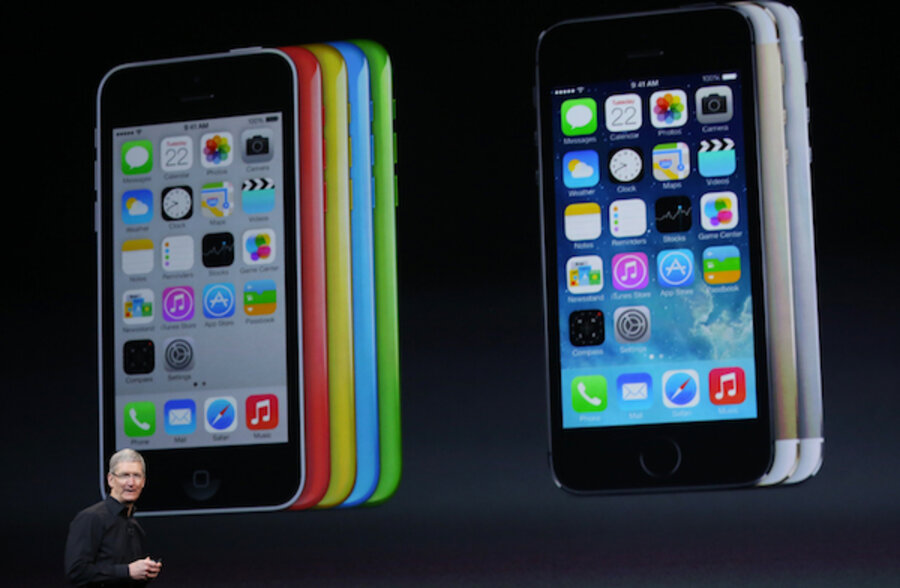iPhone 5S is the most 'data-hungry' smart phone
Loading...
The iPhone 5S is not only one of the best-selling devices Apple has released — it’s one of the most data-hungry in the world.
A new study from mobile network research firm JDSU found that the iPhone 5S consumes the most data out of any smart phone, in both developed and developing markets, and the most data of any smart phone it's studied thus far. The firm says as more people upgrade to data-friendly phones and as LTE networks expand, data-gobbling is only likely to increase, which means network providers may face a future challenge.
“The data 'capacity crunch' in the wireless industry started by the launch of the iPhone is not abating,” say JDSU’s researchers in the report released Thursday. “Recent market information reveals increasingly sophisticated devices that are unleashing unprecedented levels of user demand. Users of the iPhone 5s, in particular, were seen to effectively be the most voracious according to per-subscriber downlink data demands.”
How much data did iPhone 5S users gobble up compared to the rest of the developed market? Seven times more data than iPhone 3G users and 20 percent more than iPhone 5 users. Apple devices made up six of the top ten data-hungry devices, along with two Samsung Galaxy devices, the HTC Sensation, and the Sony Xperia SP.
Though the iPhone 5C was released alongside the 5S, the study found 5C users consume data similar to older models.
“Each new generation of iPhone has resulted in increases in data consumption of between 20-40 percent - even today when data use is common,” says Dr. Michael Flanagan, a CTO of mobility at JDSU, in a release. “Though interestingly, users of the more economically-priced iPhone 5c consume data in the range between that of the iPhone 4s and 5 users.”
In developing markets, Apple products made up half of the top ten data-consuming devices, but the Samsung Galaxy S4 consumed the most data overall, likely consistent with the emerging markets’ preference for Android-based devices over iOS devices.
The reason for the data-munching growth? The study points to an increase in high-speed LTE networks and LTE-enabled devices. While there has always been a small number of users who use up the majority of data network – JDSU found that, in 2011, 1 percent of 3G users used up 50 percent of downlink data – 4G users are even more intense data consumers than before: 0.1 percent of 4G users consume 50 percent of downlink data.
“One would expect a honeymoon period in which early adopters test their toys,” explains Mr. Flanagan. “But for 4G users to consistently exhibit behavior 10 times more extreme than 3G users well after launch constitutes a seismic shift in the data landscape. This has important ramifications for future network designs.”
Though seeing this disparity in data-use may cause some to consider just how much streaming music, YouTube, and other data-greedy apps they need to run, Flanagan says being able to pinpoint areas of high network volume can make it easier for network developers to focus on areas that need more network capacity. He recommends deploying small cellular and Wi-Fi access points to ease congestion, and even using a subscriber-by-subscriber method to customize data-volume needs per individual and enterprise customers, especially as mobile access and growth continues.
“Overall, these results underscore the importance of an increasingly personalized mobile network with the surgical placement of a relatively small number of LTE small cells in order to satisfy the inexorable demand for mobile data in the years to come,” says JDSU in the report.








